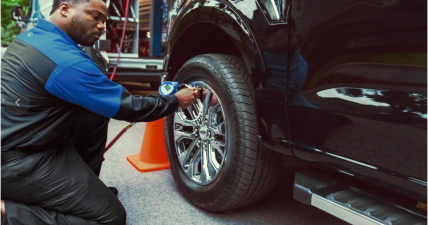When it comes to getting behind the wheel of a new Ford, one of the first questions you'll need to answer is whether to lease or buy. Both options serve different needs, and your decision should be based on your vehicle usage patterns, affordability, and future ownership goals. In this article, we’ll break down the key differences between leasing and buying, so you can decide confidently.
Leasing a Ford: The Benefits
Leasing a Ford car can be a great option if you prefer having the latest features or if you want a cost-effective approach. Here are some of the top benefits of leasing:
- Lower Monthly Payments: Lease payments are generally easier to manage than loan payments, making it easier to drive a higher-end model.
- New Car Every Few Years: Leasing offers access to a new car every model update period without worrying about aging vehicle expenses.
- Minimal Maintenance Costs: Since most leases last for a shorter term, the car will likely still be under Ford Care, reducing financial surprises.
- Flexible End of Lease Options: At the end of your lease, you have the option to purchase the car, try another Ford model, or walk away altogether.
Buying a Ford: The Benefits
Buying a Ford car might be a better option if you’re looking for lifetime value and the freedom to upgrade features. Let’s take a look at the advantages of buying a Ford:
- Ownership: When you buy a Ford, you hold the title. You can drive it for a lifetime, which makes buying a great choice for those who favor stability.
- No Mileage Limits: When you buy, you can drive freely, which is ideal if you tend to drive a lot. Leased vehicles impose mileage caps, which could mean additional charges if surpassed.
- Unlimited Customization: Owning allows you to upgrade it however you like, whether it’s modifying the interior.
- Build Equity: When you buy, your payments contribute to ownership. Once the loan is paid off, the vehicle is yours free and clear, which gives you the power to decide its future.
Key Differences Between Leasing and Buying
While both leasing and buying offer distinct advantages, there are a few critical differences to keep in mind:
- Upfront Costs: When leasing, the initial payment is usually lower, with fewer costs due at signing. However, when buying, your down payment may be higher, especially if you’re financing the vehicle.
- Long-Term Commitment: Buying requires a long-term financial commitment, whereas leasing typically spans a shorter term, allowing for more flexibility in vehicle choice.
- End of Term: With leasing, you’ll need to return the vehicle at the end of the lease term, but when you buy, the car is yours to keep, sell, or trade in at any time.


